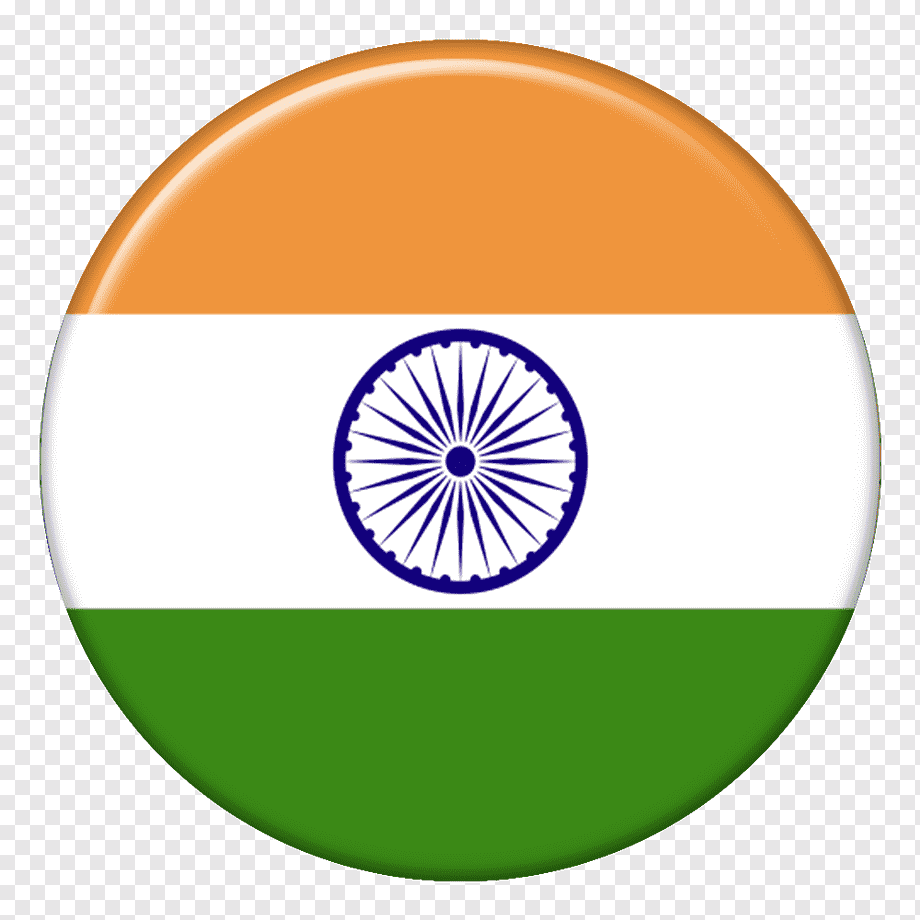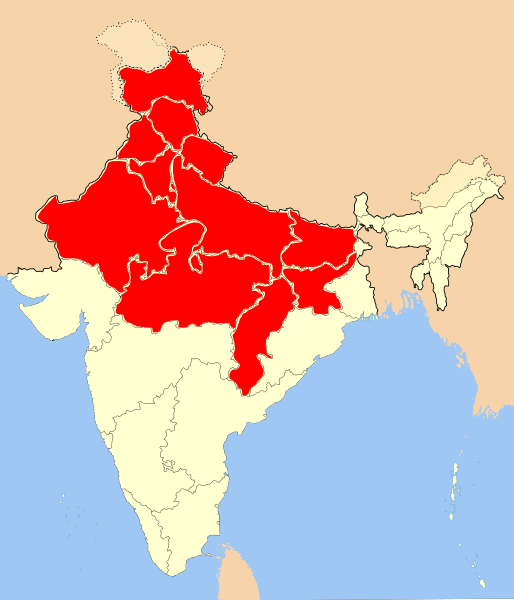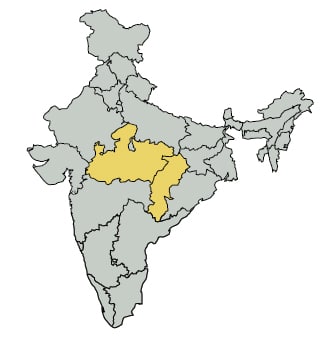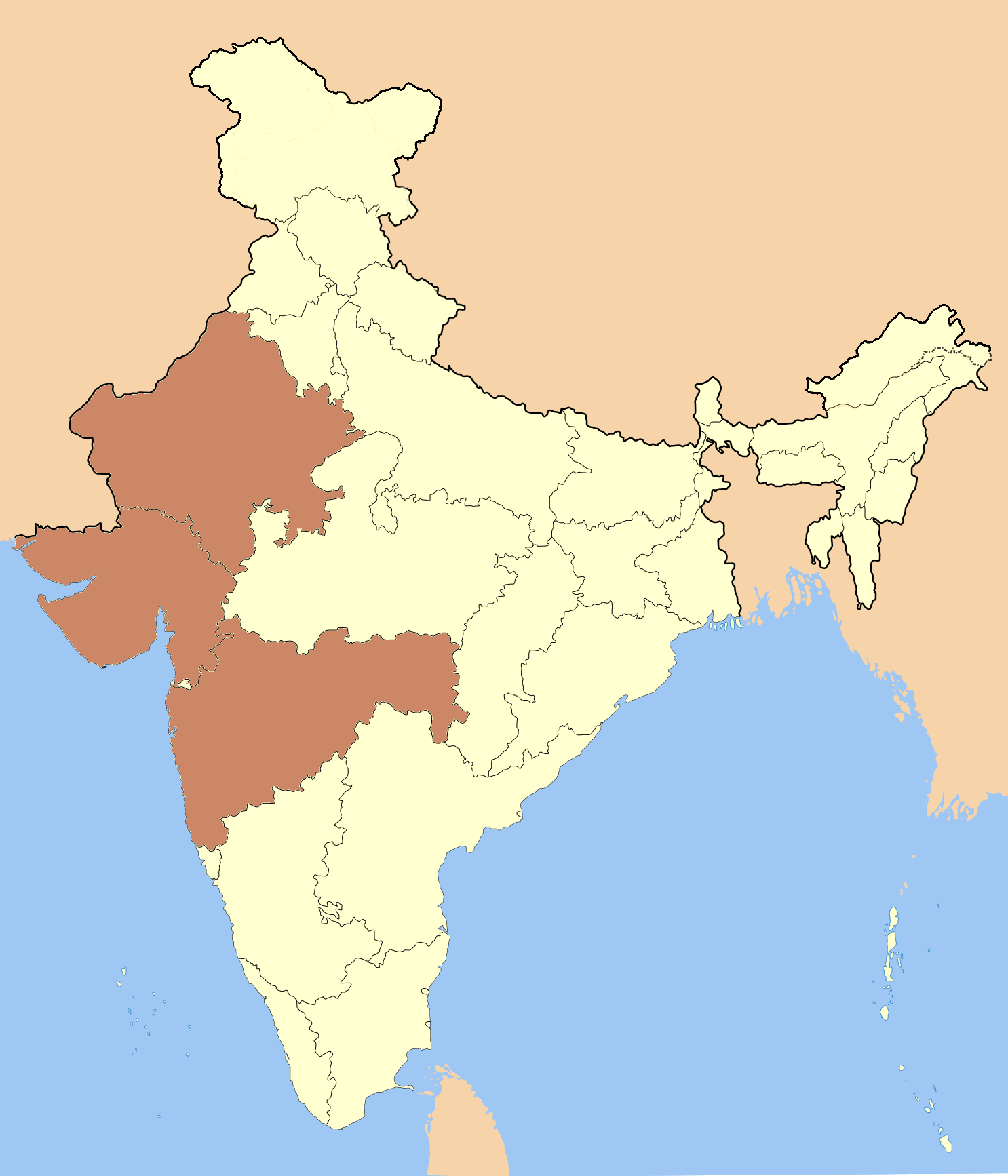- A Walk-in wells used as social meeting places
- B Temples built near rivers and sea shores
- C Temple complexes with intricate art reliefs on the walls
- D Large nearby complexes with hundreds of art reliefs
Answer:
A
Step well temples are large walk-in wells that served as the only source of water in dry months but also served as social meeting places and carried religious significance.
 Indian Temples
Indian Temples  পরিবেশ বিজ্ঞান
পরিবেশ বিজ্ঞান  India
India  North India
North India  Central India
Central India  West India
West India